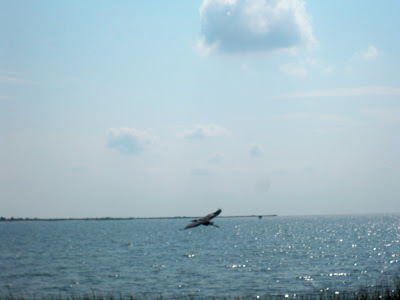Eclipse
I missed the moon in its blood-red rising. By the time I caught up with the orb, it was higher in the sky. This is better than I anticipated. With cloud cover for most of the day, it was unlikely I’d see much of the moon at all.
But the clouds provided a soft-focus backdrop and the moon glowed brighter than I had seen it shine in a long time.
I think the eclipse had already begun when I took this shot. The moon was just starting to disappear — though behind clouds or earth’s shadow — or only in my own imagination — I could not tell.



